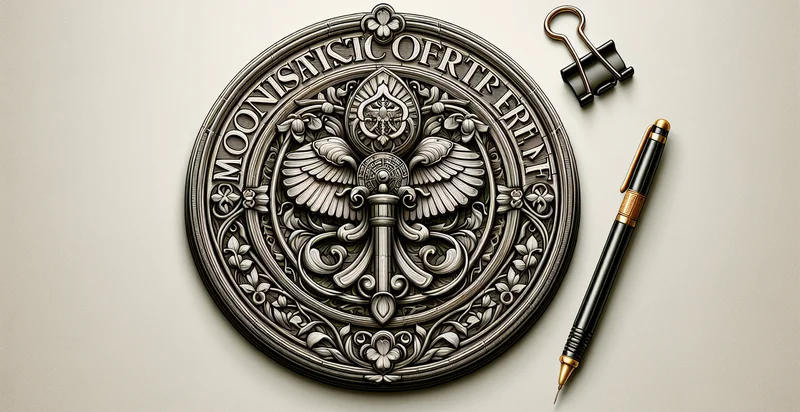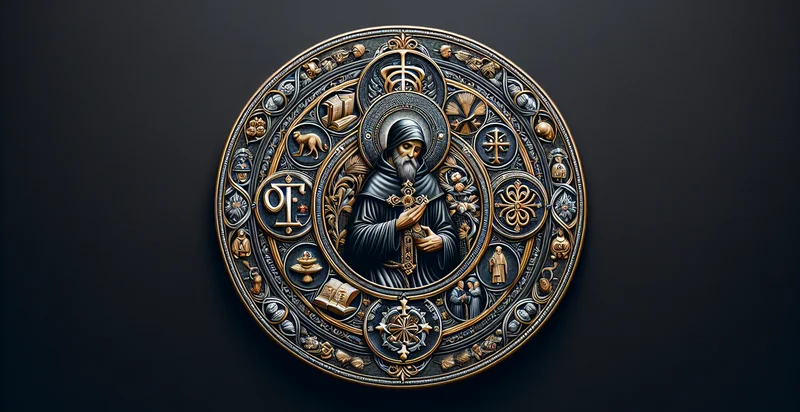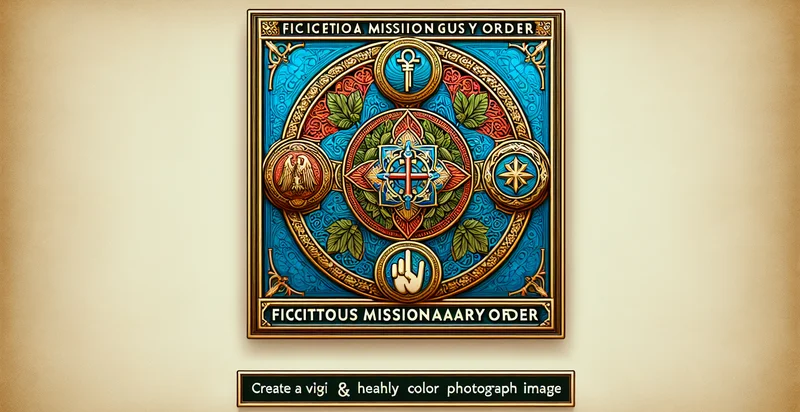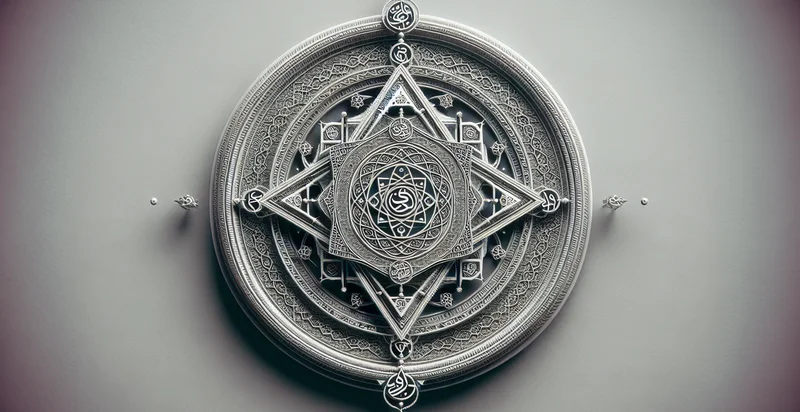Identify monastic order emblem
using AI
Below is a free classifier to identify monastic order emblem. Just upload your image, and our AI will predict the type of monastic order emblem it is - in just seconds.

Contact us for API access
Or, use Nyckel to build highly-accurate custom classifiers in just minutes. No PhD required.
Get started
import nyckel
credentials = nyckel.Credentials("YOUR_CLIENT_ID", "YOUR_CLIENT_SECRET")
nyckel.invoke("monastic-order-emblem", "your_image_url", credentials)
fetch('https://www.nyckel.com/v1/functions/monastic-order-emblem/invoke', {
method: 'POST',
headers: {
'Authorization': 'Bearer ' + 'YOUR_BEARER_TOKEN',
'Content-Type': 'application/json',
},
body: JSON.stringify(
{"data": "your_image_url"}
)
})
.then(response => response.json())
.then(data => console.log(data));
curl -X POST \
-H "Content-Type: application/json" \
-H "Authorization: Bearer YOUR_BEARER_TOKEN" \
-d '{"data": "your_image_url"}' \
https://www.nyckel.com/v1/functions/monastic-order-emblem/invoke
How this classifier works
To start, upload your image. Our AI tool will then predict the type of monastic order emblem it is.
This pretrained image model uses a Nyckel-created dataset and has 20 labels, including Ascetics, Augustinians, Basilian Fathers, Benedictines, Brothers, Camaldolese, Carthusians, Cistercians, Dominicans and Franciscans.
We'll also show a confidence score (the higher the number, the more confident the AI model is around the type of monastic order emblem it is).
Whether you're just curious or building monastic order emblem detection into your application, we hope our classifier proves helpful.
Related Classifiers
Need to identify monastic order emblem at scale?
Get API or Zapier access to this classifier for free. It's perfect for:
- Cultural Heritage Preservation: The 'monastic order emblem' identifier can be utilized by museums and cultural institutions to catalog and preserve artifacts related to monastic orders. By accurately identifying and classifying emblems, institutions can enhance their archival systems and provide better context for educational programming.
- Digital Archiving for Libraries: Libraries that house historical documents can implement this classification function to organize materials related to monastic orders. This will improve searchability and help researchers find relevant texts or manuscripts linked to specific orders more efficiently.
- E-commerce for Religious Artifacts: E-commerce platforms specializing in religious and historical artifacts can use this identifier to verify the authenticity of monastic order emblems in their listings. By ensuring accurate classification, they can build trust with customers and reduce the risk of fraudulent sales.
- Academic Research Support: Researchers studying monastic traditions or religious emblems can leverage this function to expedite the identification process of symbols in their studies. This can lead to more efficient data collection and increase the accuracy of analyses in theological and historical research.
- Tourism and Cultural Education: Tour operators offering tours of historically significant monastic locations can use this identification function to create educational materials. This can enhance the tourist experience by providing accurate information about the significance of the emblems encountered during tours.
- Social Media Content Moderation: Social media platforms can employ this classification technology to monitor and filter posts that include monastic order emblems, ensuring they are contextualized appropriately. This can help prevent misrepresentation and promote respectful dialogue about religious symbols.
- App Development for Religious Education: Developers can integrate this identification function into educational apps aimed at teaching about monastic orders. This can provide users with instant information about different emblems, fostering greater understanding and engagement with religious traditions.


